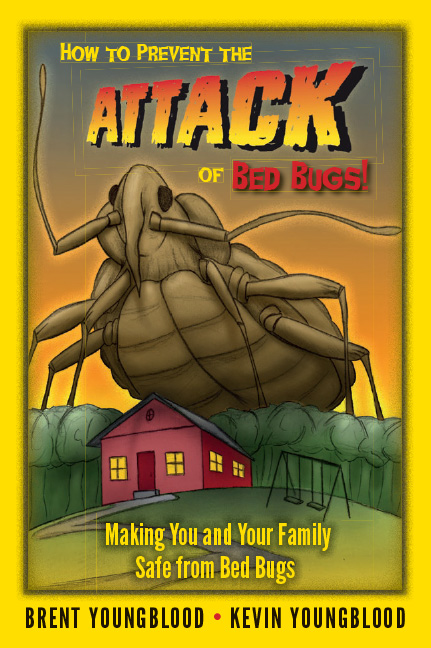Bed bugs are making a comeback, big-time, and can be found just about anywhere; from warming shelters to four star hotel rooms. No one really knows why they have returned, but these little bugs are determined to stick around. Although bed bugs are tiny they can cause major headaches because they’re so difficult to find.
Biology
- Understanding how bed bugs eat and live can help you get rid of them.
- Adult bed bugs are flat, small (less than _ inch long), oval-shaped and wingless. Before feeding they are amber colored, after they are a rusty red color.
- They feed on blood and attach themselves to their favorite meal: humans and animals.
- Bed bugs need blood to grow and can live up to one year on a single feeding.
- Bed bugs are nocturnal. They look for their meal at night while people are asleep.
- Bed bugs move around by hitching rides on clothing, furniture, bedding, and baggage. Bed bugs will live in any crack or crevice in or around your sleeping areas.
Health Issues
- Not known disease carriers.
- Bites can cause an allergic reaction with swelling, redness, and itching.
- Skin infection and scarring can result from scratching.
- The majority of people do not react to bed bug bites.
- Lack of sleep is a serious side-effect causing reduced alertness, loss of productivity and mood problems.
References
- L.J. Pinto, R. Cooper and S.K. Kraft. 2007. Bed Bug Handbook: The Complete Guide to Bed Bugs and Their Control. Pinto & Associates, Inc.: Mechanicsville, MD.Dr. Jody Gangloff-Kaufmann and Jill Shultz. 2003. Bed Bugs Are Back: an IPM answer. New York State
- Integrated Pest Management Program, Cornell Cooperative Extension, Cornell University. http://www.nysipm.cornell.edu/publications/bed_bugs/files/bed_bug.pdf
- Dr. Stephen A. Kells and Jeff Hahn. 2006. Traveler Q & A: Preventing bed bugs from hitchhiking to your home. Communication and Educational Technology Services, University of Minnesota Extension. http://www.extension.umn.edu/distribution/housingandclothing/M1196.html
- UC IPM Online. 2002. Bed Bugs. Statewide IPM Program, Agriculture and Natural Resources, University of California. http://www.ipm.ucdavis.edu/PMG/PESTNOTES/pn7454.html
© 2021 scenttek.




